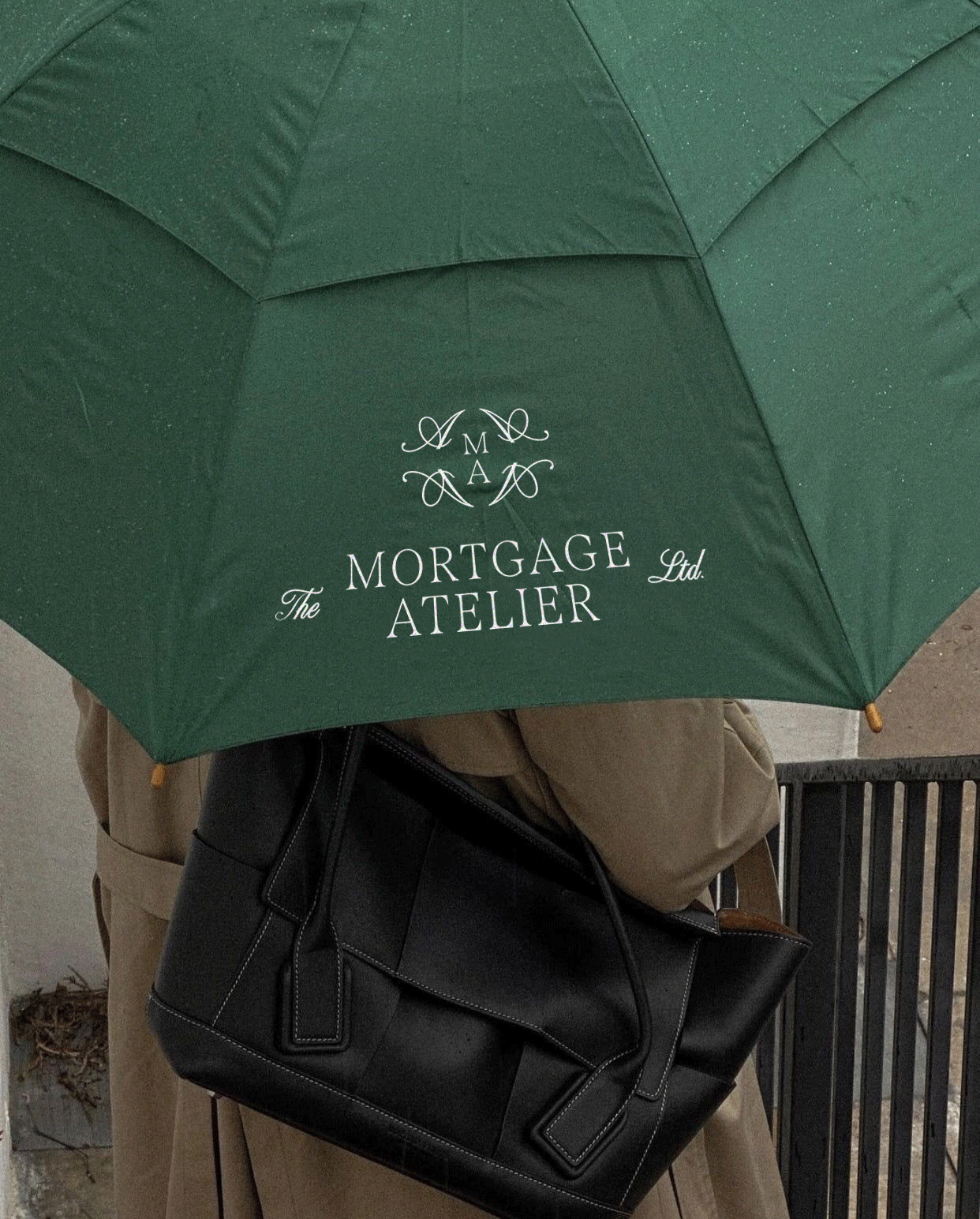



Brand Story
The brand story is what builds the emotional connection with your consumers. This emotional connection builds a relationship so they can relate to your brand and begin to trust in it. Your brand story should influence and inspire your consumers by explaining the reasoning behind the creation of your brand. To begin your brand story, list the who, what, when, where, why and how. Who did you create the brand for? What are you providing? Where are you providing this? Why are your providing it? and how are you providing it? After listing these out work on creating a short story or a few paragraphs outlining these points with your brand voice. The voice we will get to later in the article. Here is an example of my story for guidance.
I used to dream of being the creative director of a successful brand. And here I am – CEO, Lead Designer, and Creative Director of my very own!
I’ve been obsessed with all things creative my whole life, but things really started when I turned the last page of The Freelance Mum Book by Annie Ridout. With a degree in Creative Enterprise in hand, and knowing I had a burning passion I wanted to call work, I set out to build my company.
I had no idea what I was doing; I just knew there was a deeper meaning to having a brand. I was convinced unforgettable brands could be built by creating a connection with the audience and an experience for customers to get lost in. A few years later and I use the strategy that helped me build my brand to inspire others. I bring my clients’ visions to life and design with purpose, every step of the way.
Brand Mission
Your brand mission is a short statement summarising who you are, what you offer, how your offer it and who to. The mission should be a clear communication to express your brand values and who it serves. Perfect for reminding your consumers and team members what your brand stands for to keep on track, quick decision making or future goals and accomplishments. For example here is our mission statement: ‘Building unforgettable brands with our muse-led philosophy by helping passionate entrepreneurs build the brand of their dreams with a confident brand strategy and identity’ By having this mission statement it helps me refocus my intentions when creating a new social media post, writing a new article or onboarding a new client.
Brand Values
The core values of your brand are what your brand religiously stands by day to day, along with all employees and ambassadors of your brand. I recommend focusing on three brand core values but no more than four. Here are some examples to help inspire you: sustainability, creativity, compassion, tranquillity, strength, diversity, equality, support, timeless, cutting-edge or quality. How can you use these core values? Through your customer service? How are you talking to your consumers and how are you solving their problems? In your marketing, how are you communicating? Product or service development, what are you ensuring when making progress? Hiring, onboarding and leadership, do these individuals embody the brand values? Your consumers need to believe in the brand so it to grow and gain value itself, these core values can create your authenticity and make a bigger impact.
Brand Vision
Consider your brands future and where you want it to be. Vision when you want it to be in five years’ time, then vision it again in 10 years’ time. This vision can be a few bullet points, a written plan or a vision board. Creating this vision helps keep your brand on track and create goals and intensives to accomplish the vision. A brand vision isn’t just for new brands but established brands too. Often the industry evolves and consumer habits do too. Sales might drop for a brand and they need to readjust their strategy by altering their vision and setting new goals. You can do this too by collecting consumer feedback to help keep you brand aligned with your vision.
Brand Voice
Your brand voice is like your brands personality and character. How do you want your consumer to feel when connecting with your brand, how are you going to communicate with them through your marketing and customer service. For example, a consumer experience can be defined the moment they talk to an ambassador about an enquiry they have with your brand. do you want to connect to your consumers with kindness and empathy? Or does your brand need to be cutting-edge and use slag language? Knowing your brand voice is knowing how to communicate and resonate with your consumers to build a strong relationship for a returning and loyal consumer.
Brand Client
Your brand client is your target audience, a group or community of people you’re solving problems for. The importance of knowing your brand client allows you to tailor your communication, products/services to meet their needs and solve these problems. Knowing your audience can improve customer experiences, increase engagement, generate brand growth and revenue. You’ll find knowing who you’re talking to and how can save time and money when it comes to marketing.
Ways you can establish your brand client is to collect market research by creating surveys, interviews, focus groups and gather information from potential consumers. Look into your competitors and who are they targeting and what engagement are they getting? Analyse existing consumers, what is their demographic, interests, hobbies, values, daily routine, behaviours and buying habits? Following this research, create a buyer persona, which is a detailed ideal customer profile. Give them a name, age, occupation, favourite hobby and interests etc. Doing this helps you humanise your brand client to identify how to communicate with them through your marketing and provide products/services to better suit them. At the end of the day, your brand client is exposed to an increasing amount of information and brands available online. This strategy will help your brand become authentic, effective and memorable.
Competitors
Knowing your brand competitors is important because it helps you understand the market, identify opportunities, and stay ahead in the industry. By researching your competitors, you can pinpoint gaps in the market, differentiate your products, and fine-tune your marketing strategies to better attract and retain your consumer. It also allows you to learn from competitors’ strengths and weaknesses, so you don’t repeat their mistakes. It doesn’t have to be bigger and better or more affordable and efficient. It can be your process that is different to theirs and it might attract a consumer because of your sustainability or quality of customer service. Consider you values whilst researching you competitors and remind yourself of your brand story. Analyse and learn, don’t compare and lose your footing. Your brand has its own authenticity and muse, use it to your advantage in ways others can’t match.
Summery
Cover all these steps and you’ll find yourself with a firm footing to understand what your brand’s purpose. Building strong foundations to build your brand from will assure your brand stays consistent and impactful to your consumers. This will help with your next steps to applying a brand identity to visually reflect your strategy. What colours are you choosing to represent your brand mission and values? What typography and brand logo are you going to design to express your brands voice and attract your brand client?






